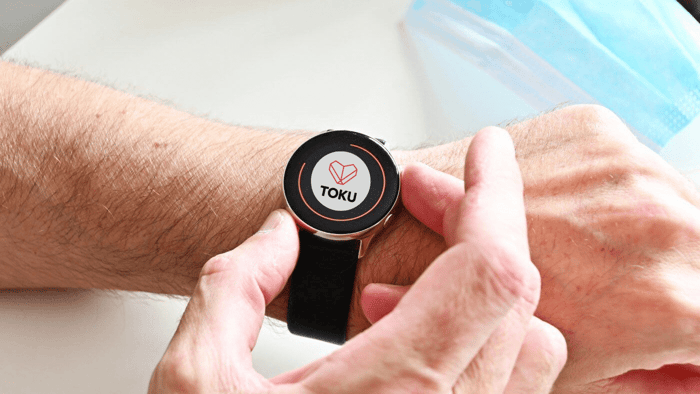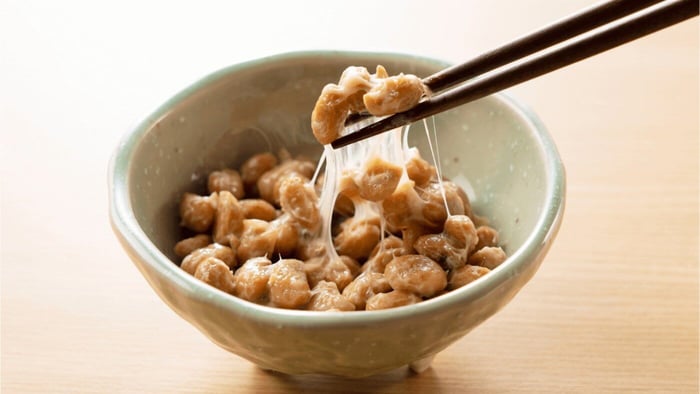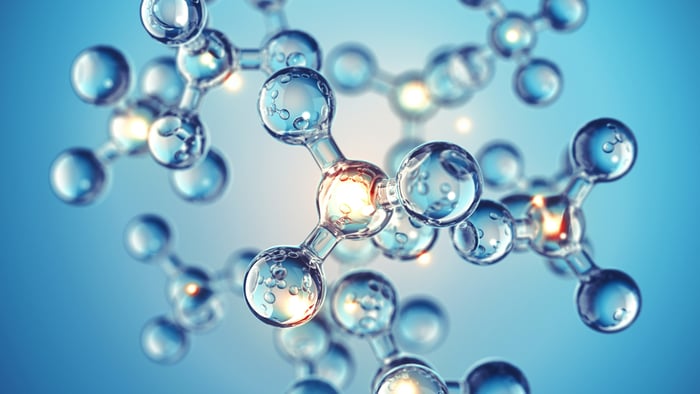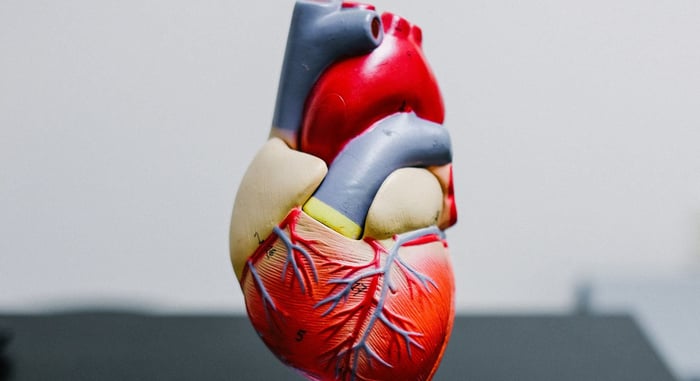Table of Contents
The Best Time to Take Nattokinase
Nattokinase is an enzyme derived from natto (a traditional Japanese dish made from fermented soybeans). The benefits of nattokinase come in part from its fibrinolytic properties and downstream benefits for cardiovascular health and circulation. Learning about the best time to take nattokinase will help influence its effectiveness, absorption, and safety.
Why Timing Matters for Nattokinase
Nattokinase breaks down fibrin, a protein involved in blood clot formation. Its activity in the bloodstream reaches peak levels between 2 and 8 hours after ingestion and can persist for up to 12 hours. Consistent enzyme activity is important for those using it to support circulatory health.
Morning Benefits: On an Empty Stomach
Taking nattokinase (or a nattokinase supplement) upon waking, 30 to 60 minutes before breakfast, offers several advantages. An empty stomach reduces interference from food proteins and digestive enzymes. Morning intake aligns with natural circadian rhythms related to fibrinolytic activity, as clot risk can be higher in the early morning hours. Daily consistency helps maintain steady enzyme levels.
Before Bed: More Effectiveness in Morning
Consuming nattokinase supplement at night may be considered, particularly for individuals with elevated cardiovascular risk. Nighttime dosing avoids interactions with daytime meals or medications. It may help prevent clot formation during periods of reduced mobility overnight. This can complement a morning dose to provide coverage throughout the day. Nattokinase should not be taken within 2 hours of blood-thinning medications, such as warfarin, or aspirin - unless approved by a healthcare provider.
Nattokinase can also take around 13 hours to reach peak activity breaking down blood clots. Heart attacks and strokes happen most often in the morning when the body produces higher levels of PAI-1 (a protein preventing clot breakdown). Taking nattokinase before bed can lead to maximum effectiveness during a higher-risk morning window to dissolve clots and provide more cardiovascular protection.
Toku Flow is a daily supplement from Toku Health with 10,800 FU for natural, multi-functional cardiovascular support. It combines nattokinase with vitamin K2 and beta-glucan to support balanced cholesterol, optimal blood pressure, and more without the side effects of pharmaceuticals.
What to Avoid
Taking nattokinase with meals can slow gastric emptying and increase enzyme degradation. Non-enteric-coated forms may lose up to 90% of their activity in the stomach. Protein shakes or dairy products can interfere with absorption due to competition from other proteins. Inconsistent timing reduces the maintenance of steady fibrinolytic activity.
Special Considerations
For those recovering from stroke or deep vein thrombosis, morning and evening dosing may be appropriate under medical supervision. Nattokinase should be discontinued 7 to 14 days before scheduled surgery due to its blood-thinning effects. When combining with serrapeptase, the doses should be separated by at least 2 hours to prevent enzyme competition. Individuals with low blood pressure should monitor their levels, as nattokinase may cause further reduction.
Toku Flow | Nattokinase Supplement (10,800 FU)

$179.97
Find Your Flow A daily powdered supplement designed to promote clear, efficient blood flow and circulation, ensuring vital nutrients reach your heart and organs while supporting your body’s ability to clear metabolic waste for sustained vitality and overall wellness.… read more
The Bottom Line
There are benefits to morning or nighttime consumption of nattokinase depending on preference. We also suggest taking it with or without a meal, depending on preference and sensitivities. A second dose at night or in the morning can be added for greater needs, but consultation with a healthcare provider is essential, especially for those on anticoagulants.
*This information is for educational purposes only. Nattokinase is not approved by the FDA to treat or prevent any medical condition.
FAQs
Special Considerations
For those recovering from stroke or deep vein thrombosis, morning and evening dosing may be appropriate under medical supervision. Nattokinase should be discontinued 7 to 14 days before scheduled surgery due to its blood-thinning effects. When combining with serrapeptase, the doses should be separated by at least 2 hours to prevent enzyme competition. Individuals with low blood pressure should monitor their levels, as nattokinase may cause further reduction.




